
393, Kabutoyacho, Sakaimachi-dori Rokkaku Sagaru,
Nakagyo-ku, Kyoto, 604-8114(Google Maps)
Tel:+81-75-746-2920
Access
Hotel Information
| Address | 393, Kabutoyacho, Sakaimachi-dori Rokkaku Sagaru, Nakagyo-ku, Kyoto, 604-8114(Google Maps) |
|---|---|
| Tel | +81-75-746-2920 |
| Parking | none |
By Train
- 8 minutes walk from Exit 1 of Kyoto Municipal Subway Karasuma Line "Shijo Station"
- 7 minutes walk from Exit 5 of "Karasuma Oike Station"
- 9 minutes walk from Exit 5 of Hankyu Railway Kyoto Line "Kyoto Kawaramachi Station"
- 7 minutes walk from Exit 20 of Hankyu Railway Kyoto Line "Karasuma Station"
* You can reach the hotel in 4 minutes on foot by taking Exit 14 of the Shijo-dori underground connecting passage leading to Kyoto Kawaramachi Station and Karasuma Station.
By Taxi
About 9 minutes from the Karasuma exit of Kyoto station, around 1,100 yen.
* It may vary depending on external factors such as traffic and weather.
From Tokyo


From Kansai International Airport (KIX)

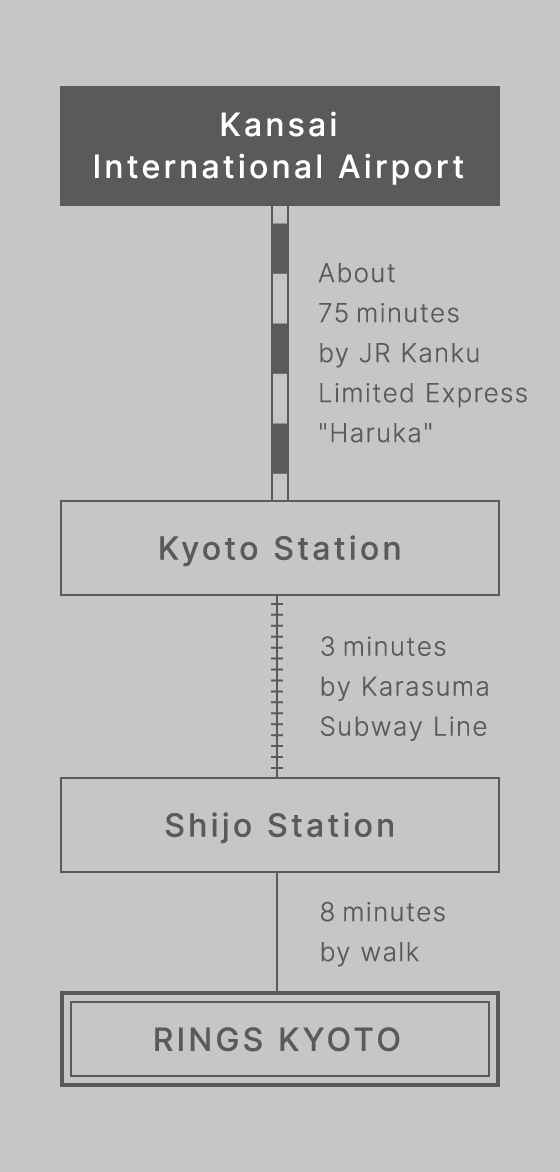
List of nearby tourist attractions
-
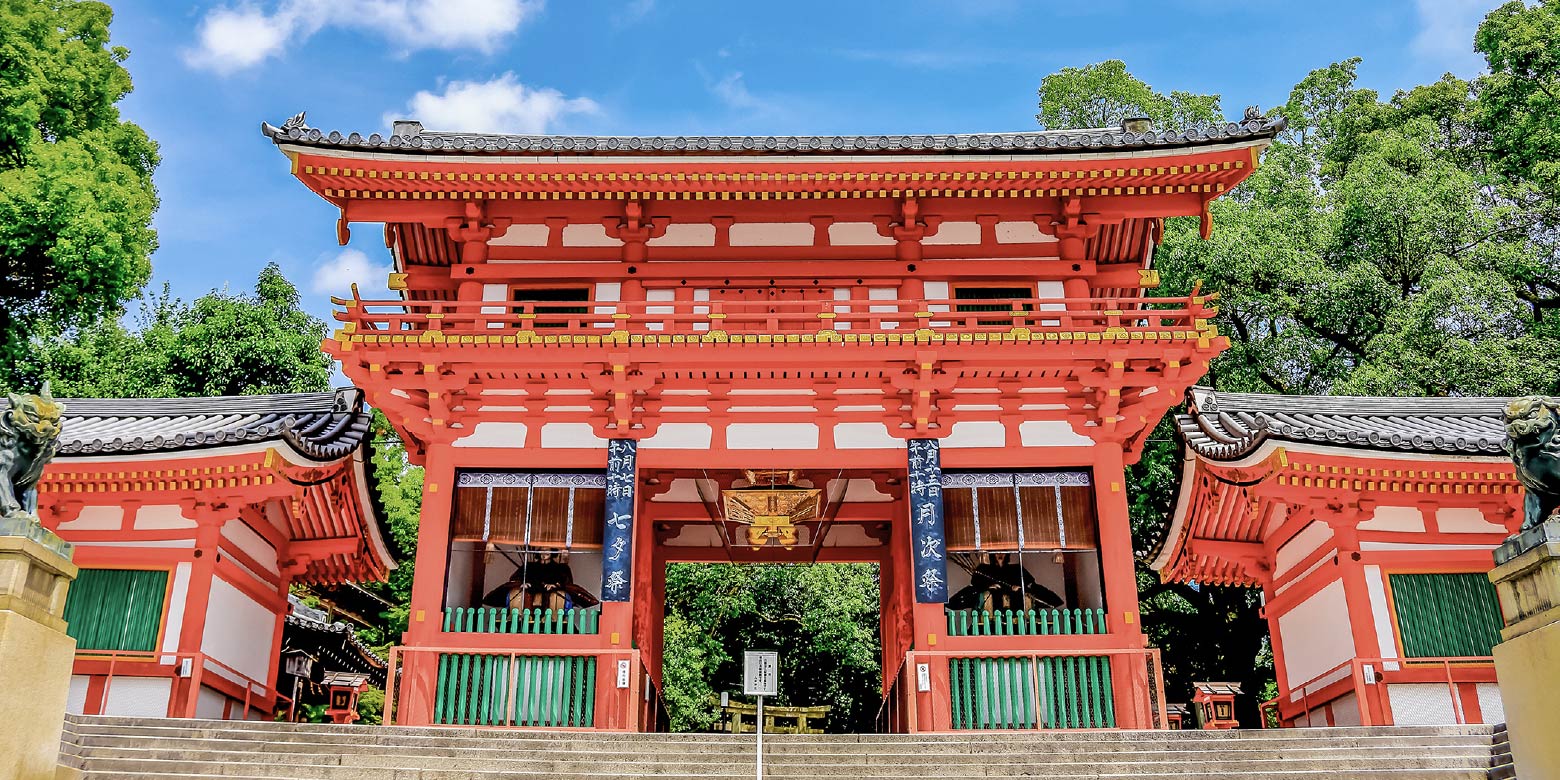
Yasaka Shrine
Yasaka Shrine, located at the end of Shijo-dori, the main street of Kyoto, is the total head shrine of approximately 2300 shrines whose worshiped deity is Susanoo-no-mikoto, who is believed to have helped establish Japan.
The Gion Matsuri is the festival of the Yasaka Shrine and one of the most famous in Japan. It takes place over the entire month of July and is filled with traditional events, such as parade floats and processions. In the grounds of the main shrine there are nearly 20 other shrines designated as important cultural property. Among them, the "Bigozensha", with a fountain whose water is believed to beautify one's skin, so many women who are interested in improving their looks make pilgrimages to this shrine.
About 20 minutes on foot from the hotel via Nishiki Market and Gion. -
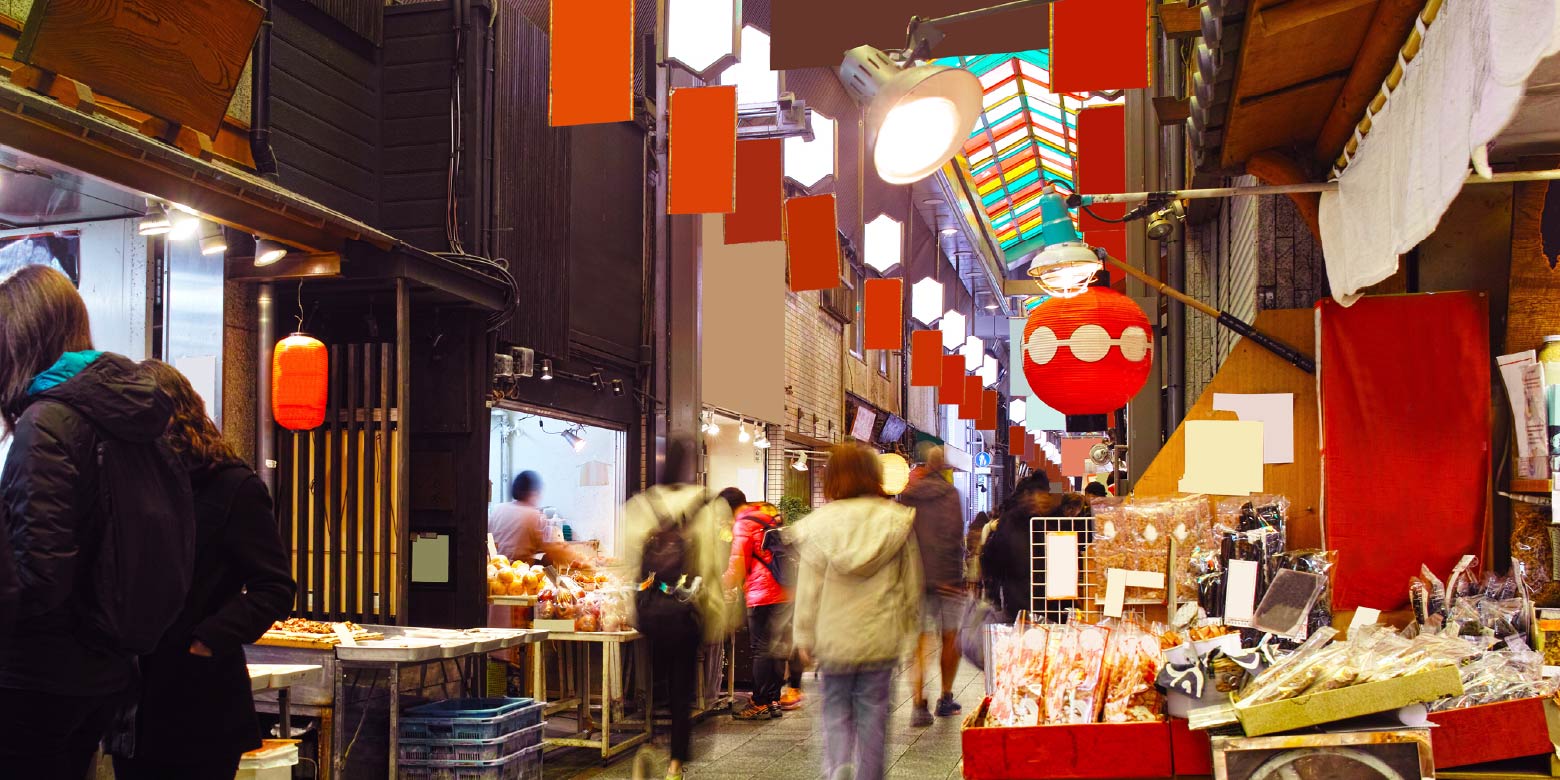
Nishiki Market
Nishiki Market is a narrow, five block long shopping street lined by more than one hundred shops and restaurants. Known as "Kyoto's Kitchen", this lively retail market specializes in all things food related, like fresh seafood, produce, knives and cookware, and is a great place to find seasonal foods and Kyoto specialties, such as Japanese sweets, pickles, dried seafood and sushi. Named after the Japanese painter Ito Jakuchu, who was born here, banners and tapestries using the images of Jakuchu are displayed around the market, and the shutters of the shops are also painted with pictures of Jakuchu.
About 1 minute on foot from the hotel. -

Kyoto Imperial Palace
The Kyoto Imperial Palace, or Kyoto Gosho, was the residence of Japan's Imperial Family before the capital moved to Tokyo in the 19th century. The Imperial complex consists of ceremonial halls, residences, and beautiful gardens, allowing visitors to take a peek back in time. It stands within the sprawling Kyoto Gyoen National Garden that is popular for leisurely strolls, jogging, picnics, and flower viewing (especially during cherry blossom season).
About 15 minutes on foot from the hotel, or 5 minutes by car.
By subway: from the nearest subway "Karasuma Oike Station" take the Karasuma Line and get off at "Marutamachi Station". -
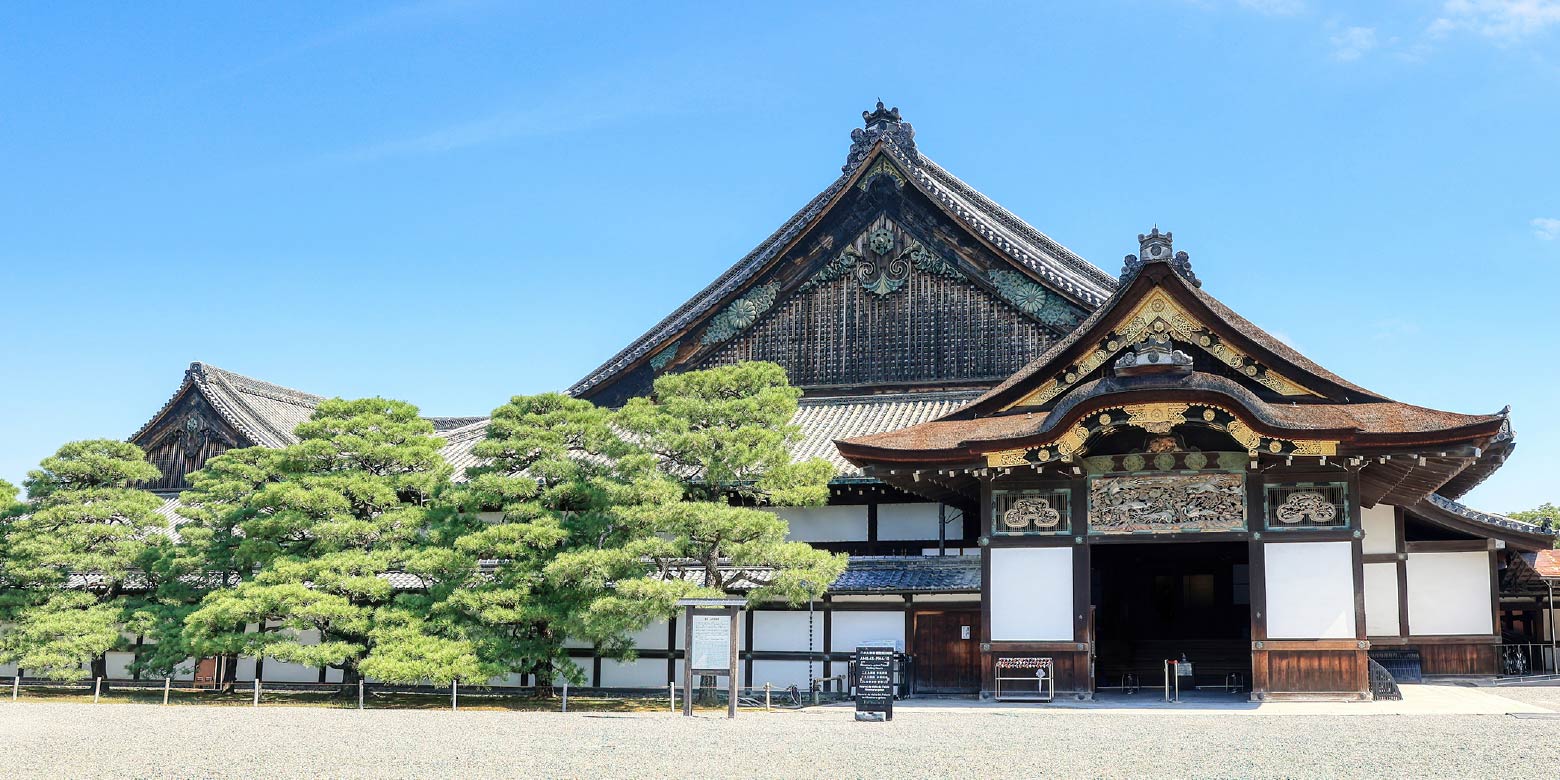
Moto-Rikyu Nijo Castle
This castle was built by Ieyasu Tokugawa in 1603 to protect the Kyoto Imperial Palace.
A national tresure and Unesco World Heritage Site, the castle has many places worth seeing, for example, the Ninomaru palace with his wall paintings by Kano school artists and the Ninomaru Garden, a beautiful scenic garden designed by Enshu Kobori in a traditional style of Japanese residential architecture. Many flowering trees can be enjoyed throughout the year, like ume, sakura, satsuki and autumn foliage.
20 minutes walk from the hotel to Higashi Otemon-mae Square, or 5 minutes by car.
By subway: from the nearest subway "Karasuma Oike Station", take the Tozai Line and get off at "Nijojo-mae Station". -
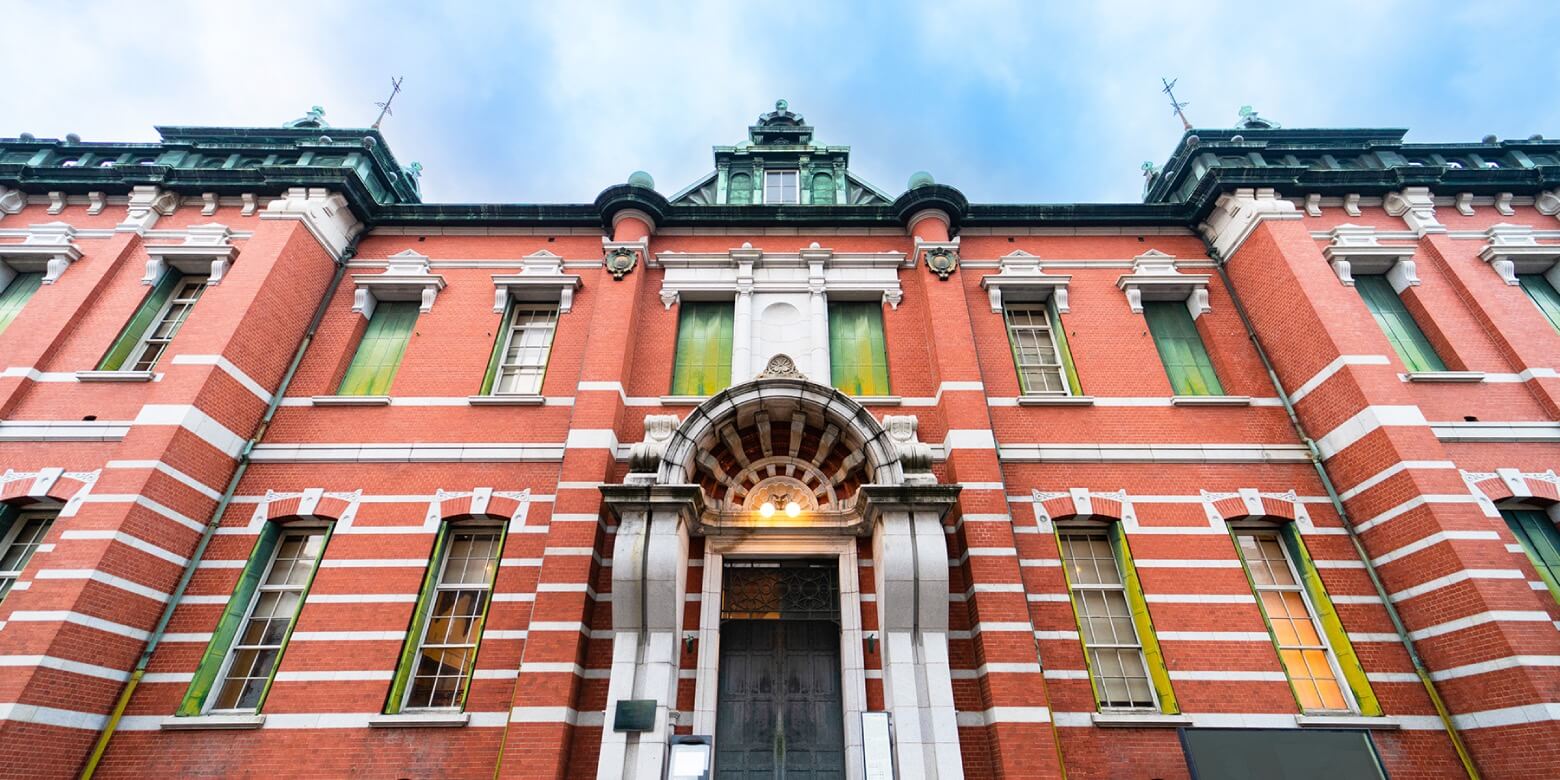
The Museum of Kyoto
A museum located in Sanjo Takakura, opened in 1988 as part of the 1200th anniversary of the Heian capital with the purpose of promoting the history and culture of Kyoto. The annex with beautiful red bricks was built by Mr. Tatsuno Kingo in 1906 as the Bank of Japan Kyoto Branch, and the building itself is designated as a national important cultural property.
On the 4th floor, various interesting special exhibitions are held throughout the year, and on the 2nd floor, exhibitions rooms are divided into three zones: "History of Kyoto", "Kyoto Festival", and "Treasure and Culture of Kyoto". It is a museum where you can easily learn about the history and culture of Kyoto, including among other things a film theather on the 3rd floor screening masterpiece movies owned by Kyoto Prefecture.
From the hotel, go north on Sakaimachi-dori and turn west on Sanjo-dori. About 4 minutes on foot. -
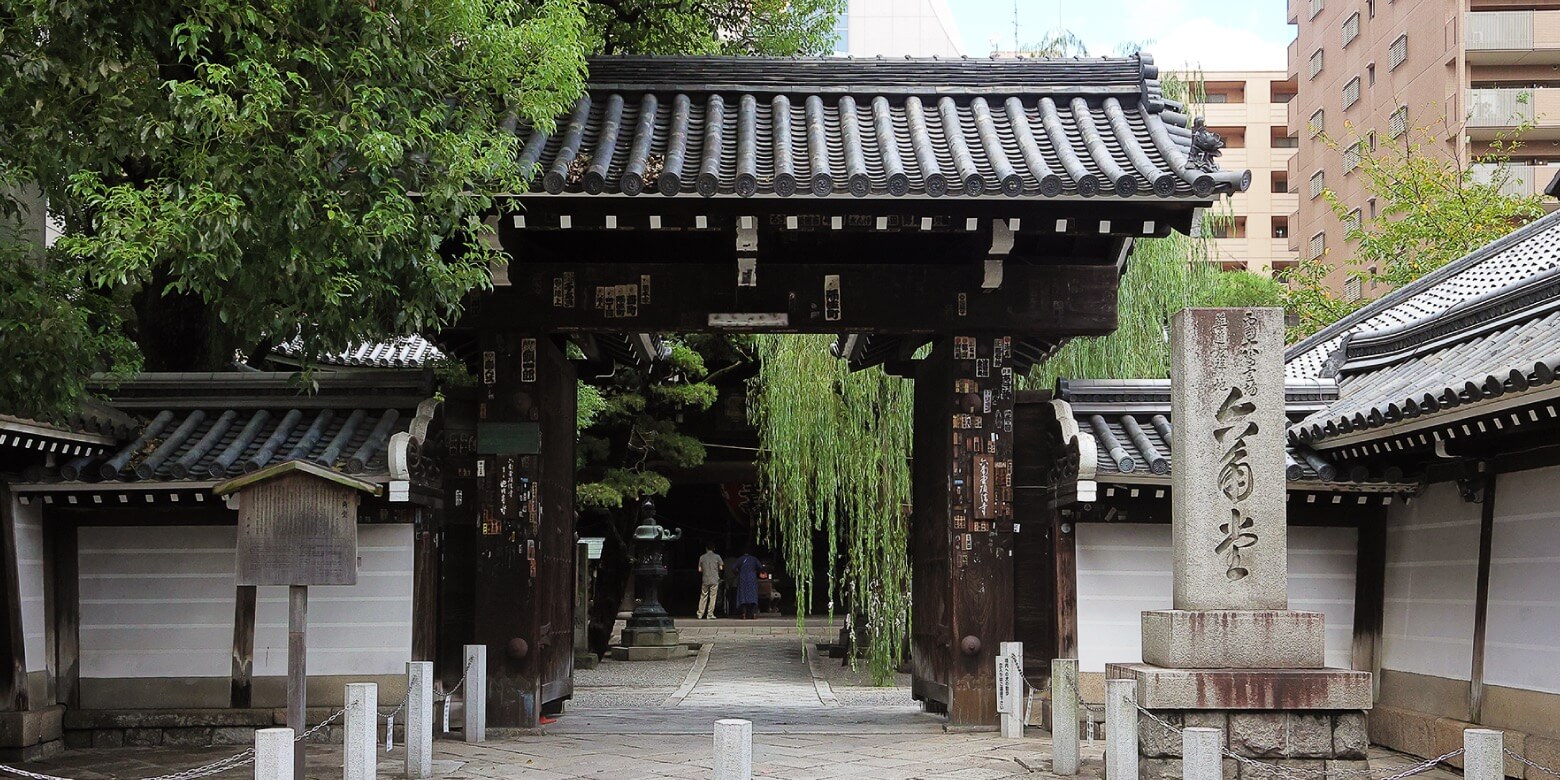
Chohoji temple (Rokkakudo)
Chohoji temple (Rokkakudo), located in the business district on the west side of Rokkaku-dori Higashinotoin, is an intimate urban oasis permeated by the smell of incense. Due to the exagonal shape of the main hall, it is commonly known as the "hexagonal hall".
You can clearly see the hexagonal shape of the temple from inside the elevator of the next building (WEST18).
It is an ancient temple of the Tendai buddhism sect, built by Prince Shotoku in 587, and is also famous as the birthplace of ikebana.
The "Hesoishi" (six-sides stone), in front on the right after passing through the main gate, is said to represent the center of Kyoto. It is said that when Emperor Kanmu moved the capital from Nagaoka Palace to Heian Palace, Rokkakudo was right in the middle of the road. The emperor asked Rokkakudo to move just a little bit to the north so he could build his new capital. Surprisingly, the next day, the temple has indeed moved out the way, leaving only "Hesoishi" behind.
About 4 minutes walk from the hotel. -
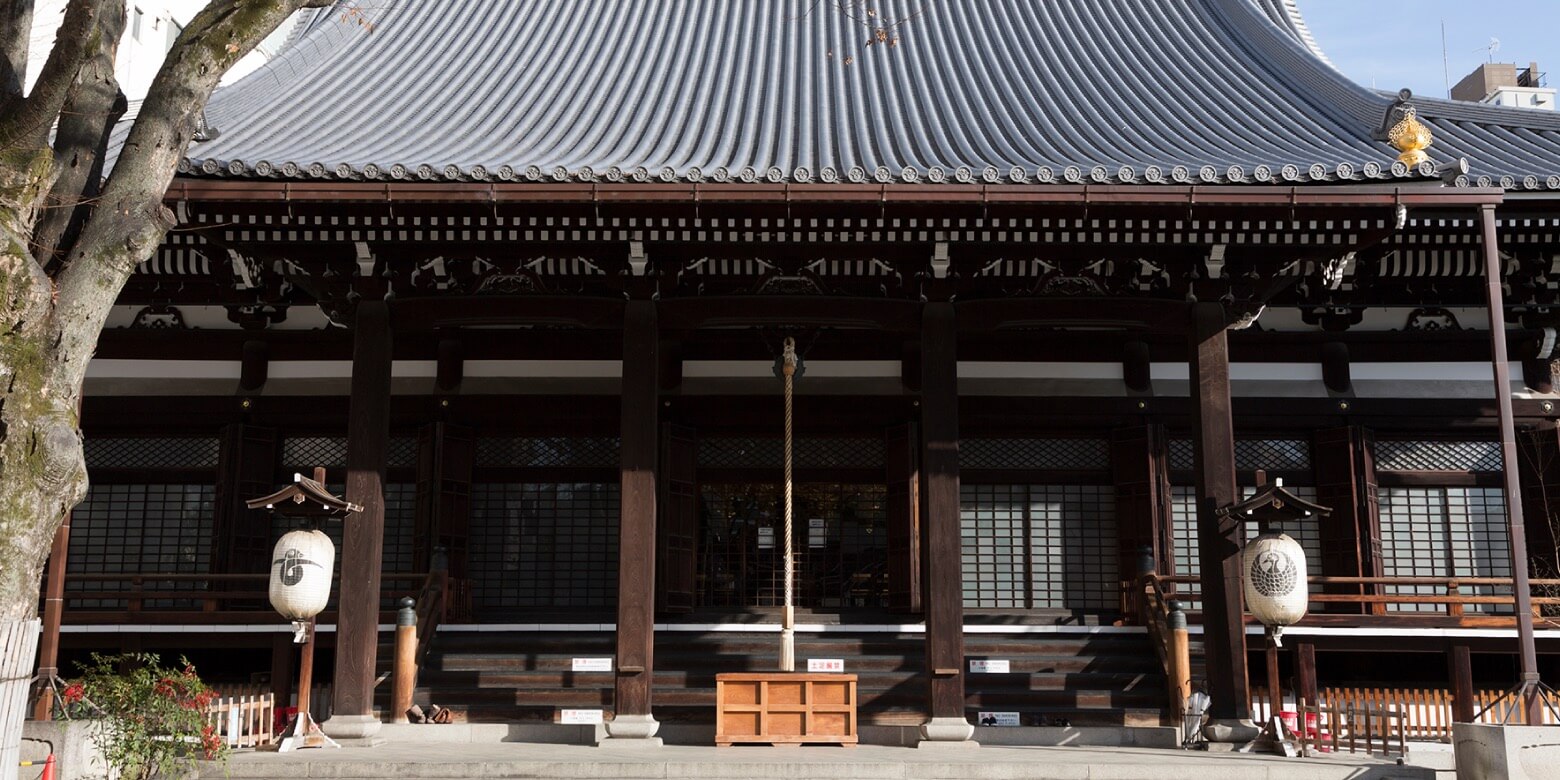
Honnoji Temple
Honnoji temple is best known for being the place where the warlord Oda Nobunaga met his end. It was destroyed by fire many times, and it was moved to its current location (Sanjo Teramachi just before passing through the Teramachi shopping district to the north) in 1591 by Toyotomi Hideyoshi, successor of Oda Nobunaga.
"Honnoji" is the head temple of the Hokke sect. In the precints of the temple, inside the Daihouden Treasure Museum, Nobunaga's relics and treasures that survived the burning are displayed. In addition, Nobunaga's memorial grave sits on the grounds, so if you are a Nobunaga fan, it definitely worth a visit.
A commemorative ceremony, the "Hakozaku-kai" is held on September 15th every year, and freshwater fish are released into the Kamo River from the nearby Sanjo Bridge as an act of gratitude to all living beings.
From the hotel, go north on Sakaimachi-dori to Honnoji Temple, and walk for about 10 minutes via Sanjo-dori. -
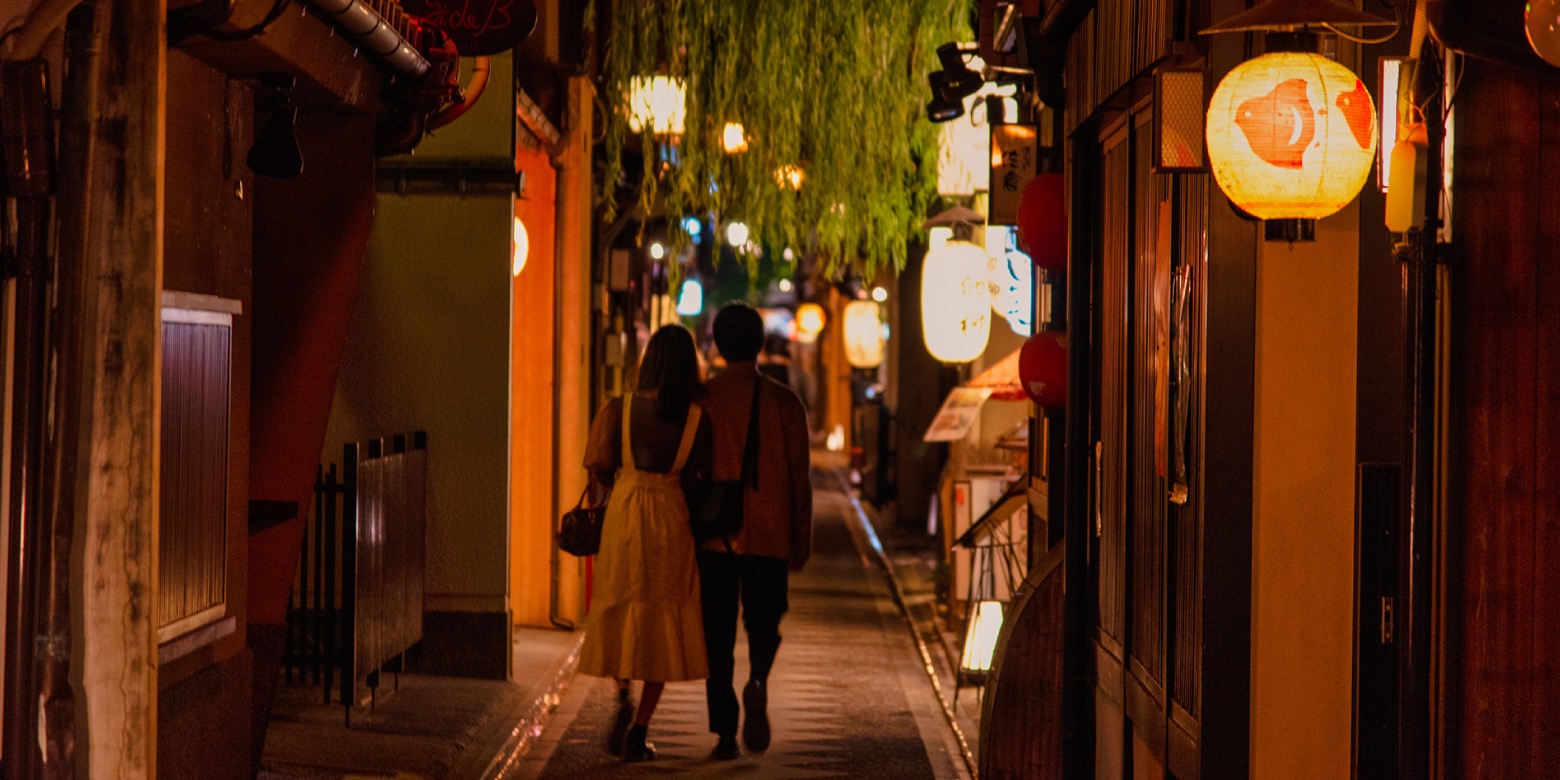
Ponto-cho
Ponto-cho Alley, one of the Five Flowers district in Kyoto, is a 500 meters path running parallel to the west bank of the Kamo-gawa River between Sanjo and Shijo.There are various theories about the etymology, and it is said that it was named Ponto (bridge, pointed end) in Portuguese because the road is narrow and the Nanzenji Suirokaku (an aqueduct bridge) is nearby. Each Flower district in Kyoto has a crest, and the crest of Ponto-cho is "Kamogawa Chidori" (plover of the Kamo river), and many red suspended lanterns, decorated with this crest, create a magical atmosphere among the houses of the district. The atmosphere is pleasant. Besides, it is still prospering as an entertainment district with restaurants, bars and other shops lined up in countless alleys.
At the Ponto-cho Kabukijo "Kamogawa Odori" (a geisha dance show) takes place every year from May 1st to 24th, and it is very lively.
About 10 minutes walk from the hotel to Ponto-cho via Nishiki Market and Kawaramachi Dori.
